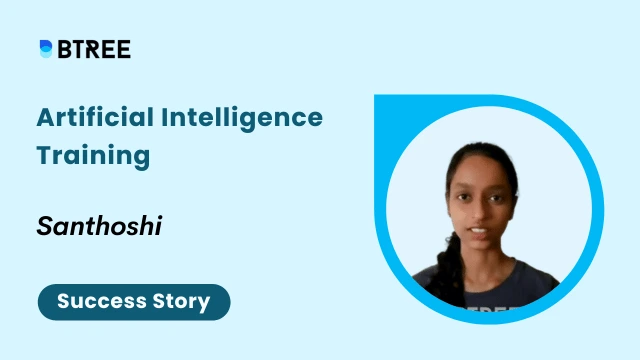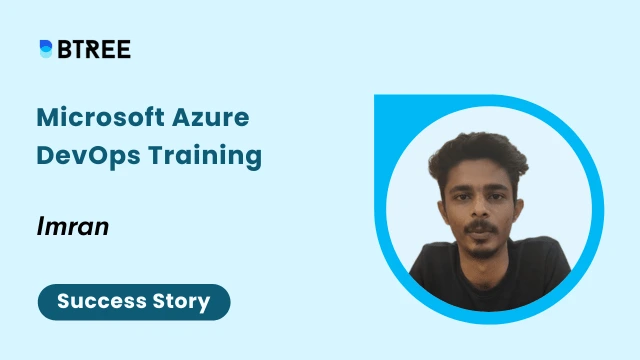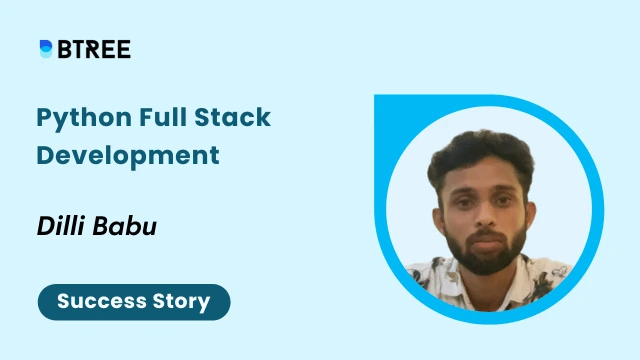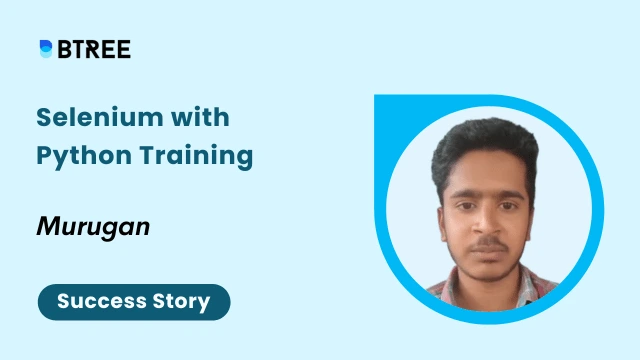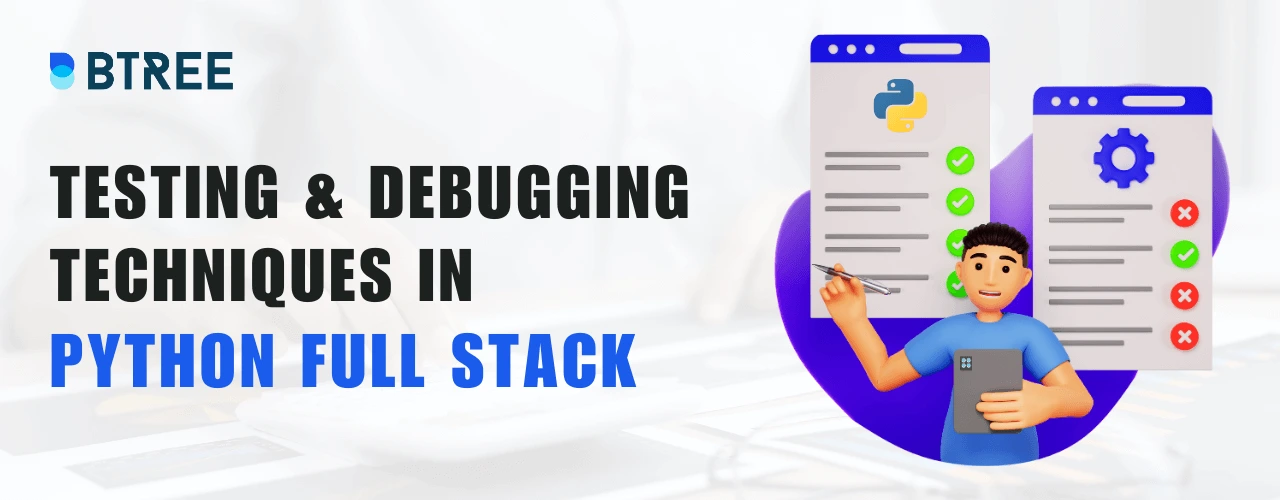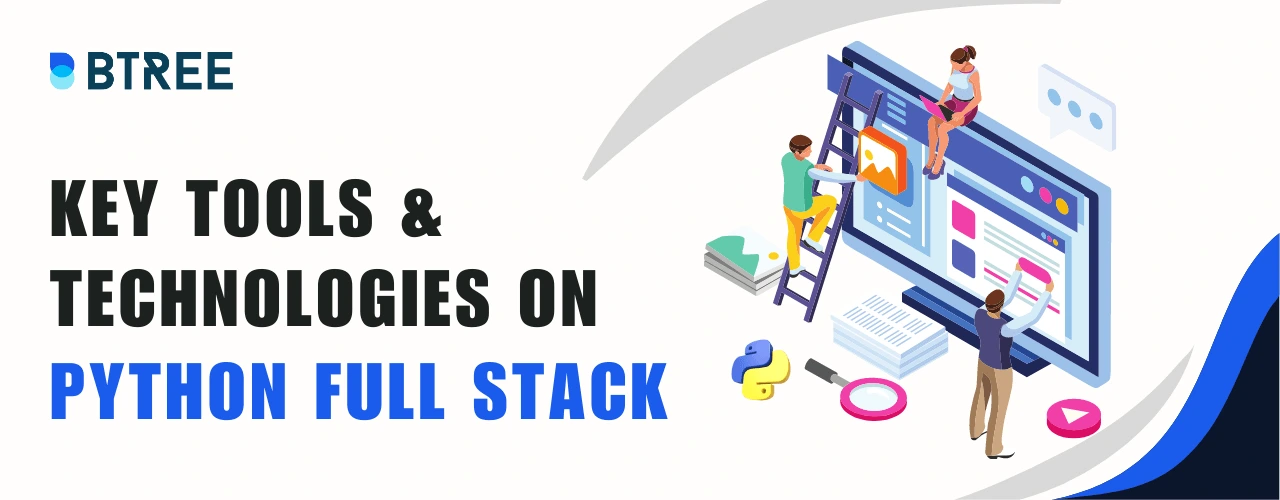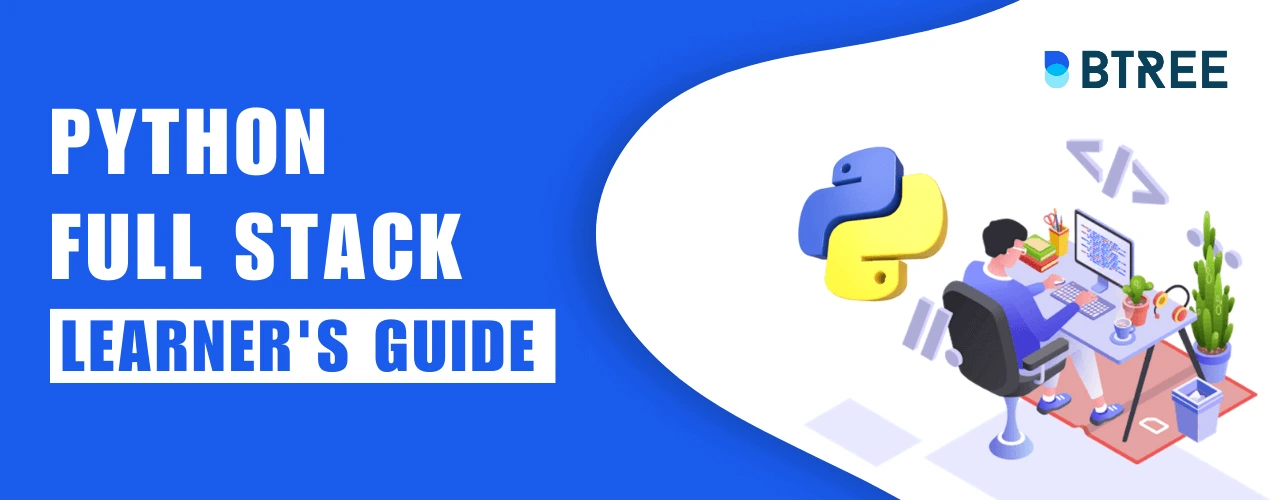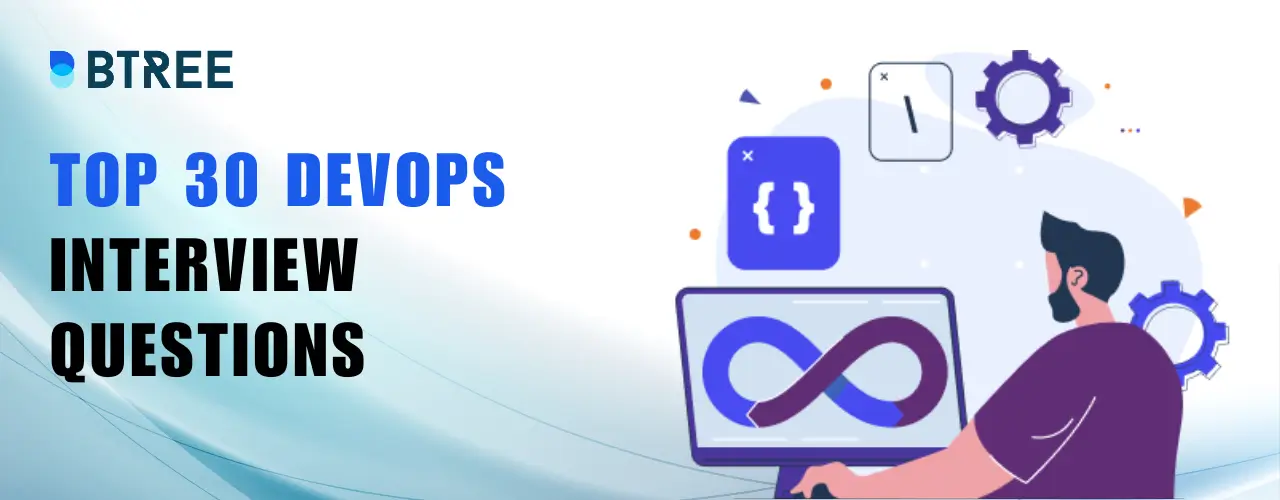Django Interview Questions and Answers
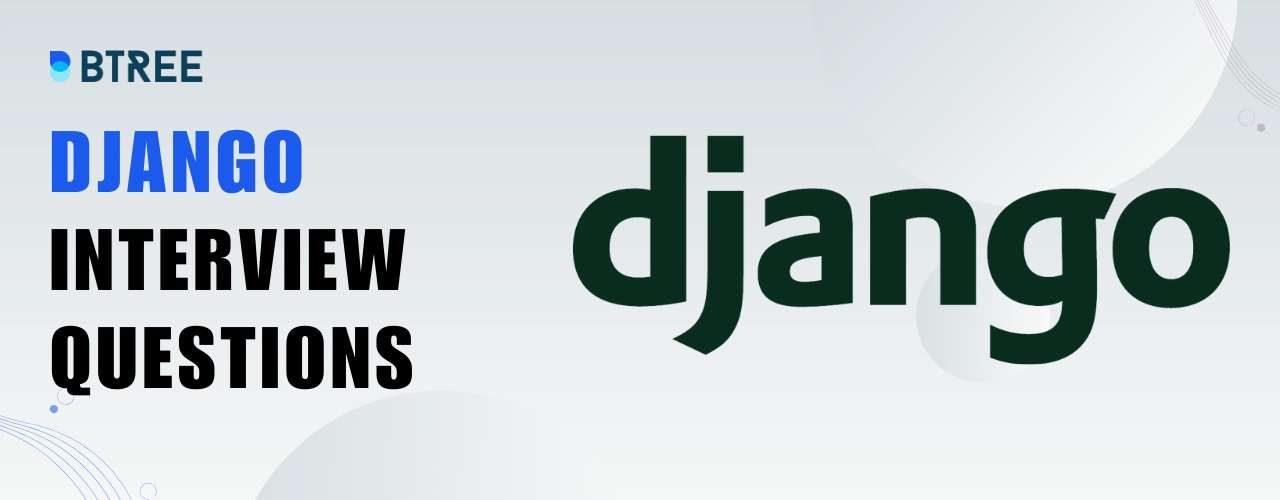
Let’s figure out what is Django? how it is used, and how to prepare for an interview. In this article, we are sharing some Django Interview Questions and answers that will help you to clear the interview.
Explore Django framework and its uses
Django is an open-source framework for backend applications based on python the top web development language.
Django system for all functions and components. Which is considered easier to work with lavarel or Yii and other technical features. One of the best out-of-the-box security systems, it will assist developers in avoiding typical security problems. The Django framework is mostly used for.
- The developer is able to create multiple iterations, starting each one with a fresh timetable.
- The DRY principle allows developers to reuse old code while concentrating on the original.
- It’s a suite for developing any web app, and it’s quick and easy to fix.
- We use Django for this project because… We are able to create programs that can manage a lot of information and traffic. For your project, it is a cross-platform based on Mac, Linux, or PC and allows utilizing a database that is more appropriate for a certain project.
Django framework careers
With the development of big data and machine learning, the Django framework is unquestionably a good platform for a career. Python is also becoming more and more popular. Consequently, your Python knowledge is useful. There was a demand for skilled Django engineers due to the widespread use of Django in enterprises. Some well-known websites that use Django include Instagram, Spotify, The Washington Post, Dropbox, Mozilla, NASA, Pinterest, and Reddit.
With over 70,000 open positions and a market share of more than 28% since 2021, there is a considerable demand for Django developers across all markets. You will land the position if you excel at Python and Django and work on simple projects. Between 1.2 lakhs and 20.8 lakhs, Django developers work in India, with an average annual salary of 3.0 lakhs.
Django Interview Questions and Answers
So if you want to prepare yourself for the upcoming Django interview, here are the all basic Django interview questions and answers for freshers that will help you clear the interview with complete success.
1. Did you get an idea for Django in the frontend or backend?
Both frontend and backend development is appropriate for Django. It’s a group of Python packages that let you create valuable front-end and back-end ideas for web apps.
2. Differentiate Django and python.
Although integrated, Python and Django are not the same. Python is a programming language used to create numerous web applications, including those for artificial intelligence, desktop applications, and machine learning. Python’s Django framework is used for server and full-stack development. Either start from scratch or use prewritten code and Django to develop your app.
3. Give some key features in Django?
Helping developers avoid typical security blunders like cross-site request forgery, clickjacking, cross-site scripting, etc.; a fully loaded framework that includes content administration, RSS feeds, authentication, etc.; helps satisfy the biggest traffic demands.
4. What does the use of Django architecture?
It contains three different parts model-Template-view architecture.
Model: logical data structure behind the entire app and signified by data.
Template: it deals with the presentation of data.
View: it’s a user interface. What you see when you visit a website is called an interface. Represented by HTML/CSS/Javascript files.
5. Mention the feature advantages of Django?
Although Django provides many benefits, we will focus on the most significant ones.
- Content management and CDN connectivity.
- Supports the MVC paradigm for programming.
- Designed with batteries already included.
- Offer strong security features
- Rapid development of custom web applications; Compatibility with main databases and operating systems.
6. Describe the inheritance style in Django?
There are three inheritance styles in Django.
Abstract class: when you want the parent class to retain the data you don’t want to type out for every child model.
Multi-table: when you want a sub-class on an existing model and each model has its database table.
Proxy model: to modify python level behavior with the model without changing the model field.
7. How can we set static files in Django?
Static files are managed by “Django.contrib.staticfiles” there are three main things to do to set up static files in Django.
- Set STATIC_ROOT in settings.py
- Run manage.py to collect static
- Set up a static files entry on the Python Anywhere web tab.
8. Differentiate the char field and the text field in Django?
Charfield: is a string field used for small or large-size of strings. The string field likes C/C++. Charfield used to store small string-like first name, last name, etc.
Textfield: large size of string field used in the text. Textfield is used to store paragraphs and all other text data. TextArea is the form widget that comes standard for this field.
9. Defined field class types?
Every field in a model is an instance of the field class. Column types describe the database the data store Default HTML widget while rendering a form field.
e.g. input type="text"
10. What are the signals used in Django?
| Signals | Description |
|---|---|
|
django.db.models.signals.pre_save |
Send before or after model’s save() method |
|
django.db.models.signals.pre_delete |
Send before or after model’s delete() method or queryset’s delete() method |
django.db.models.signals.m2m_changed |
Django starts or finishes an HTTP request. |
11. Defined models in Django.
In Django, a class that corresponds to a database table or database collection is referred to as a model. A database field is represented by each attributes model class. example.
from django.db import models class SampleModel (models.Model): field1 = models.CharField(max_length = 50) field2 = models.IntegerField() class Meta: db_table = “sample_model”
The metaclass aids in the setting of permissions, the single and plural forms of names, the names of associated database tables, the status of abstract models, etc.
12. How do use the session file in Django?
To use the session-based file you have to set the setting SESSION_ENGINE to “Django.contrib.sessions.backends.file”
13. Can you describe ORM?
It is feasible to get, save, remove, and execute other operations over the database without ever creating a SQL query by using Object Rational Mapper to communicate with the database in a more pythonic manner as we avoid raw queries.
14. Explain the Django framework scale?
Any amount of hardware that we give is made using the Django design language. The “shared-nothing” design used by Django allows for the addition of hardware at any level, including database servers, caching servers, and web/application servers.
A career as a Python developer excites you? Claim your qualification by looking into the Python training in Chennai.
Django Interview Questions and Answers for Freshers
1. Does Django run in raw queries? explain.
Firstly, you make sure about DEBUG setting is true. Then type the following command.
Syntax:
from Django.db import connection
connection.queries
2. Define CSRF Tokens?
Cross-site request forgery tokens provide protection from such assaults. This might be used to post, put, or delete requests and could be submitted from a malicious website.
We normally send them along with our forms in order to secure our data from any sort of harmful behavior. Our template form contains a csrf token to do this.
3. Define the basic django.shortcut.render function?
We utilize render() in this shortcut function to enable the developer to quickly transmit the data dictionary with the template when an HTTP response is received instead of just a basic string. Finally, the render text is returned by this render() as an HTTP response.
Basic syntax:
render(request, template_name, context=None, content_type=None, status=None, using=None). The argument that creates the answer is requested. A dict of the data given on the page from Python serves as the context for the HTML template. Additionally, you describe the render you are returning, the content type, and the state of the data you passed.
4. How would you view all items and filter items in the model?
View all items:
ModelName.objects.all()
Filter items:
ModelName.objects.filter(field_name=”term”)
5. How do we use middleware in Django?
Four different functions we can use
- Use authentication
- Prevent cross-site request forgery
- Manage sessions
- Gzip content
6. Define mixin.
Mixins are a type of multiple inheritances in which you can combine behaviors and attributes from multiple parent classes. It is a fantastic way to reuse code from multiple classes. One disadvantage of mixins is that it is difficult to determine what a class is doing and which methods to override when its code is spread across multiple classes.
7. Is the flask better than Django? Explain briefly.
| Django | Flask |
|---|---|
Django is a framework for web development by python its created in 2005. |
Flask is a microframework. It’s a basic feature of a web app it created in 2017. |
The high level of a python web framework for an easy and simple project. |
Flask is a lower level of the python web framework. |
The best features of Django are open-source, rapid development, robust documentation, and great community. |
Flask is open source, lightweight, and required less code to develop an app. |
Django is used in full-stack webwork. |
WSGI Web Server Gateway Interface framework. |
Template, admin, and ORM are building Django |
We are required to install all these applications. |
Django framework supports a large number of third-party applications. |
Flask doesn’t allow any offer to support any third-party application. |
Popular companies that used the Django web framework are Instagram, Udemy, and Coursera. |
Flask web app used in Netflix, Reddit, Lyft, and MIT. |
Bootstrap build in Django |
Not available. |
The structure of the project layout was conventional. |
The structure for the flask layout is very random. |
8. Define the role of session and cookies in Django?
Django’s session framework is used to store arbitrary data about the user server in the database. Django identifies each browser in the associated session and the site using a cookie containing a special session ID.
A cookie is a small piece of data that is saved in the client browser. When a cookie’s expiry date and time pass, it is automatically removed. Django includes methods for setting and retrieving cookies.
Our Lovely Student feedback
Django Interview Questions for Experience
1. Why should we apply migrations in the Django project?
Because the migration is used to make changes to the database schema and is built based on our models, we should perform it to create or modify the app models in our project.
2. Describe CRUD?
Create, Read, Update, and Delete is referred to as CRUD. It serves as a mnemonic framework for the developer to create models that can be used to create an API ( API ).
3. Does Django have NoSQL support?
This is seen as an alternative to relational databases or regular RDBMS. Django does not formally support NoSQL databases. However, there are independent projects that provide NoSQL functionality in Django, such as Django non-rel.
4. What exactly is jinja templating?
Jinja templating is a very popular templating engine in python.
- Sandbox Execution is a framework for sandboxing (or protecting) the testing procedure.
- HTML Escaping – It offers automatic HTML Escaping because the characters, >, and & have special meanings in templates and can cause XSS Attacks if used in regular text, which Jinja handles automatically.
- HTML templates are created via Template Inheritance far more quickly than by the default engine.
- Compared to the default engine, easier to debug
5. How does Django handle ajax requests?
To handle ajax requests in the Django web framework, following
- Begin the Project
- Make models
- Make views
- Create URLs
- Jquery Ajax is used to carry out requests.
- Models must be registered with the admin.
6. What do Django generic views look like?
The generic views feature of Django makes setting views simple. They are kept under “django.views.Generic” and are classes, not functions.
Common usage patterns are shortened by generic views. Without you having to repeat yourself, they will abstract widely used idioms and patterns in view creation to construct widely used views of data.
Conclude
This article is about Django interview questions and answers. With all the Django interview questions that have been discussed in this blog, we hope all the Django interview questions will help your interview levels. Looking into your career with a python developer.
